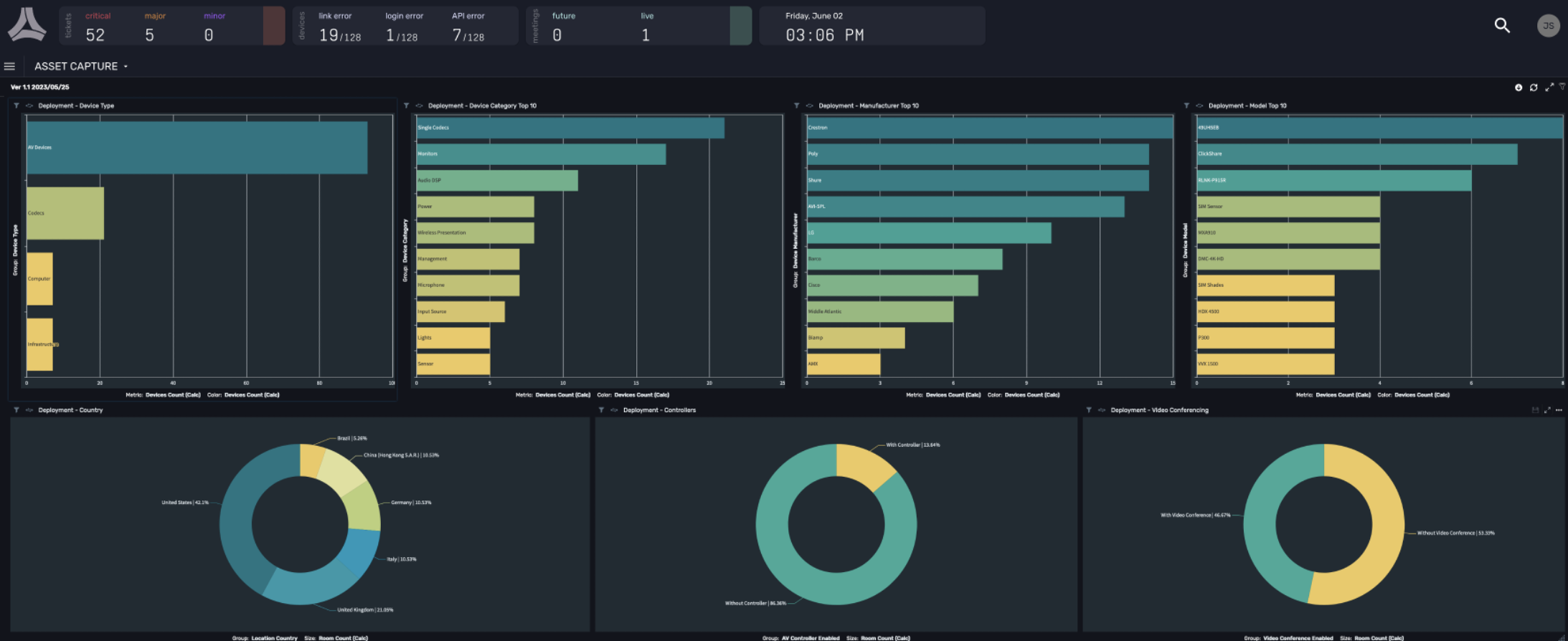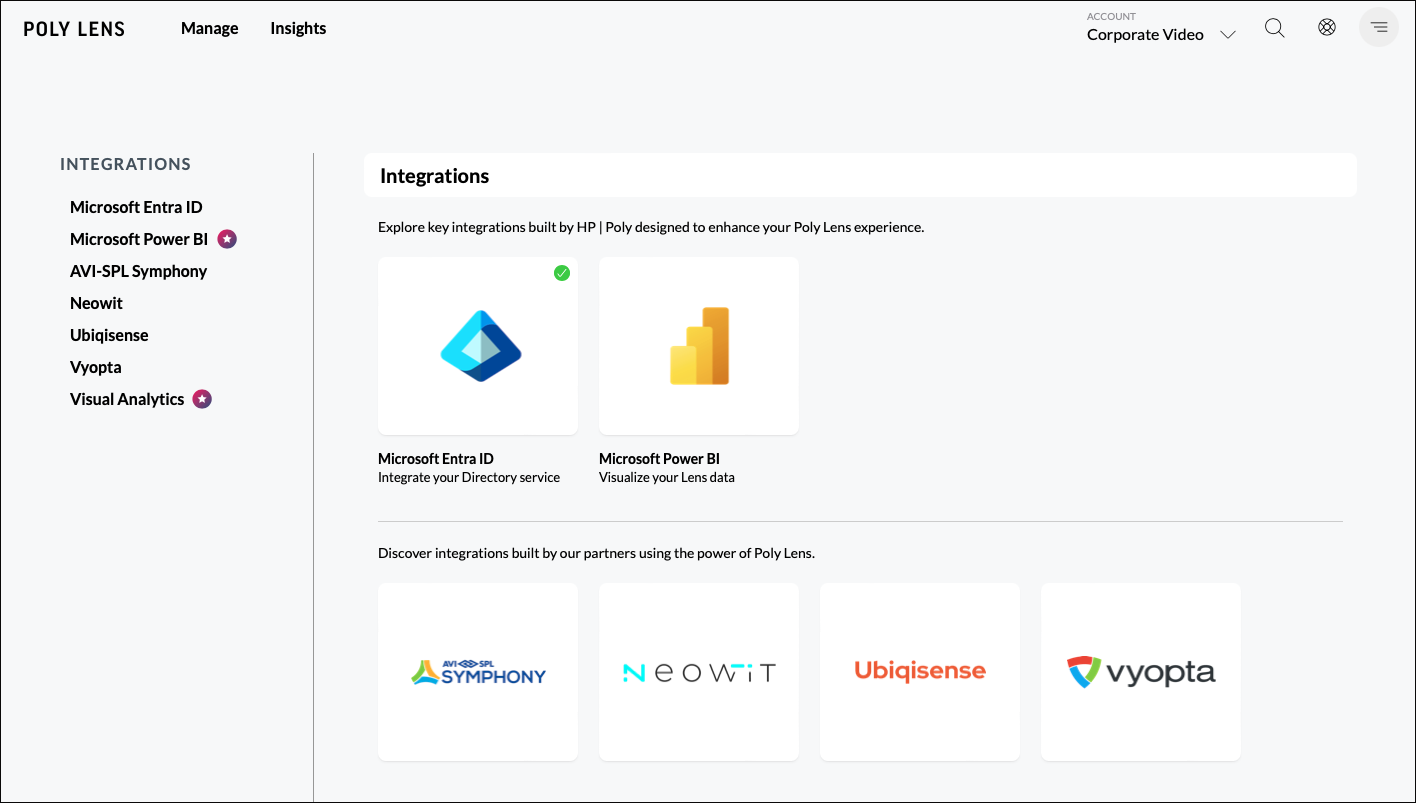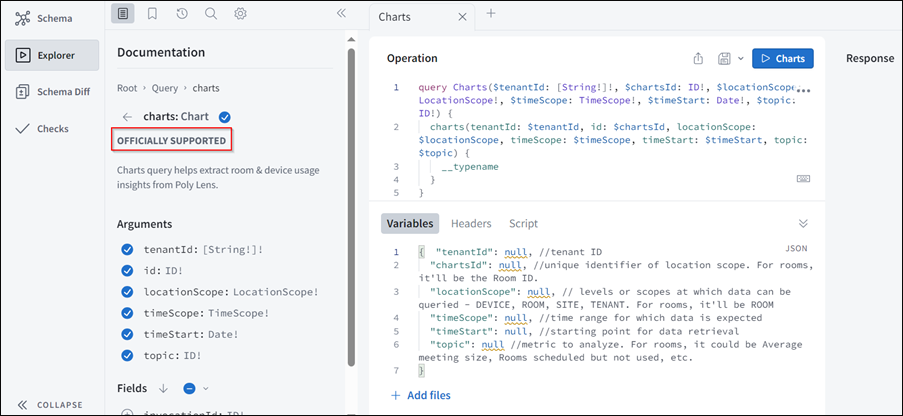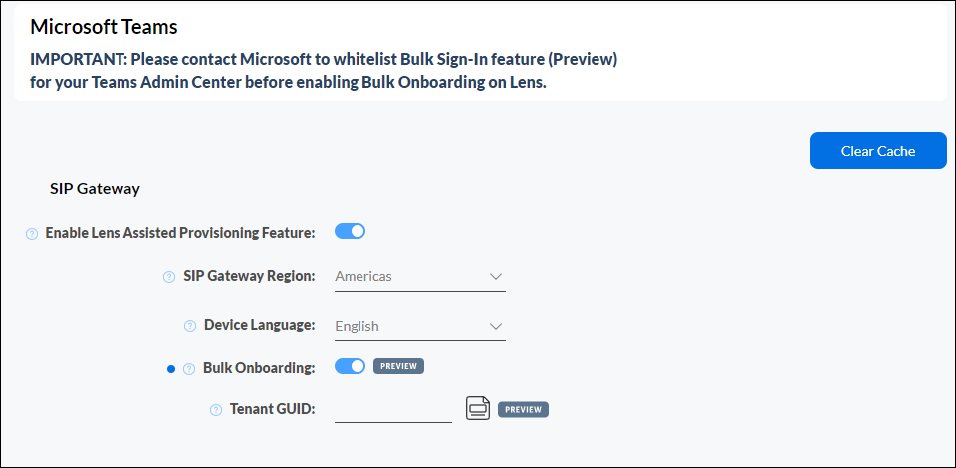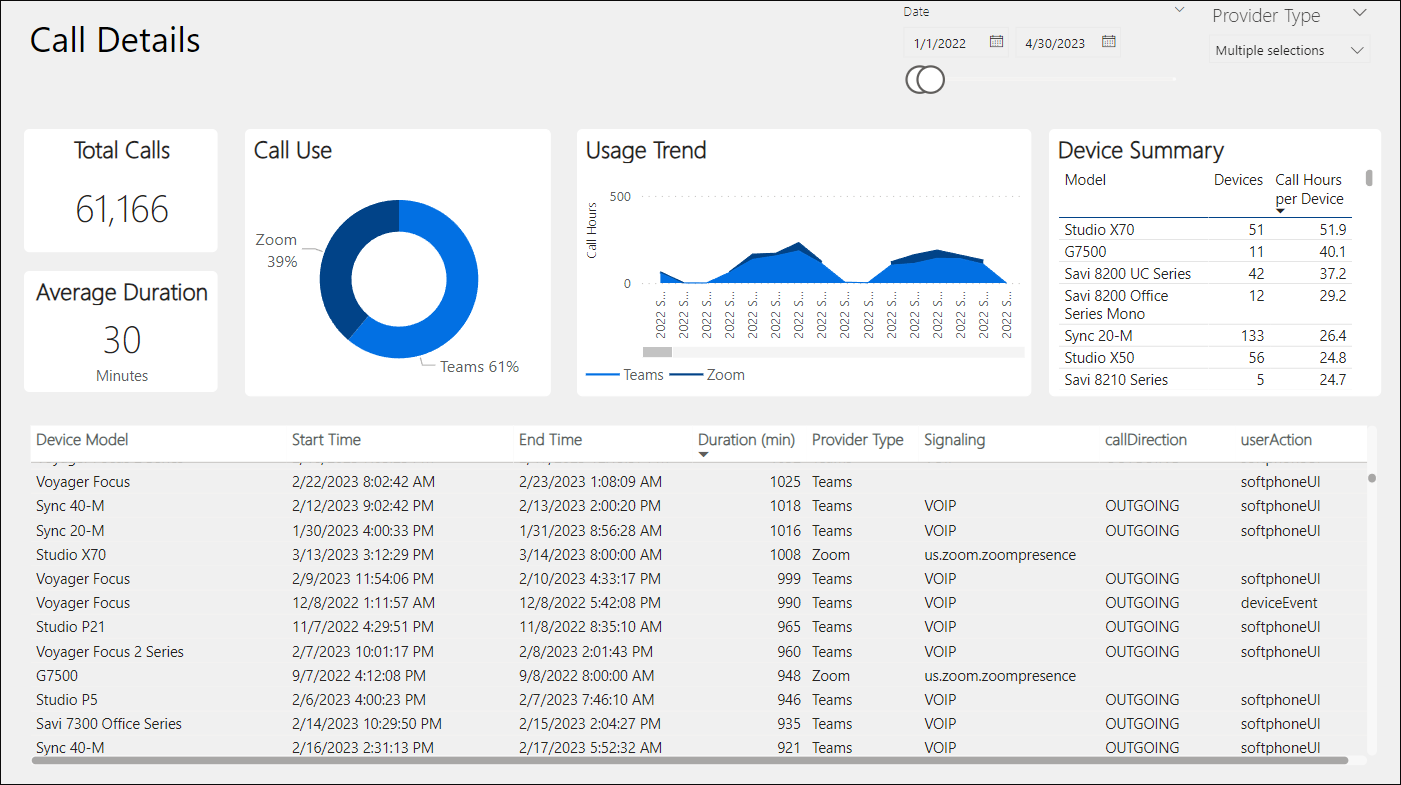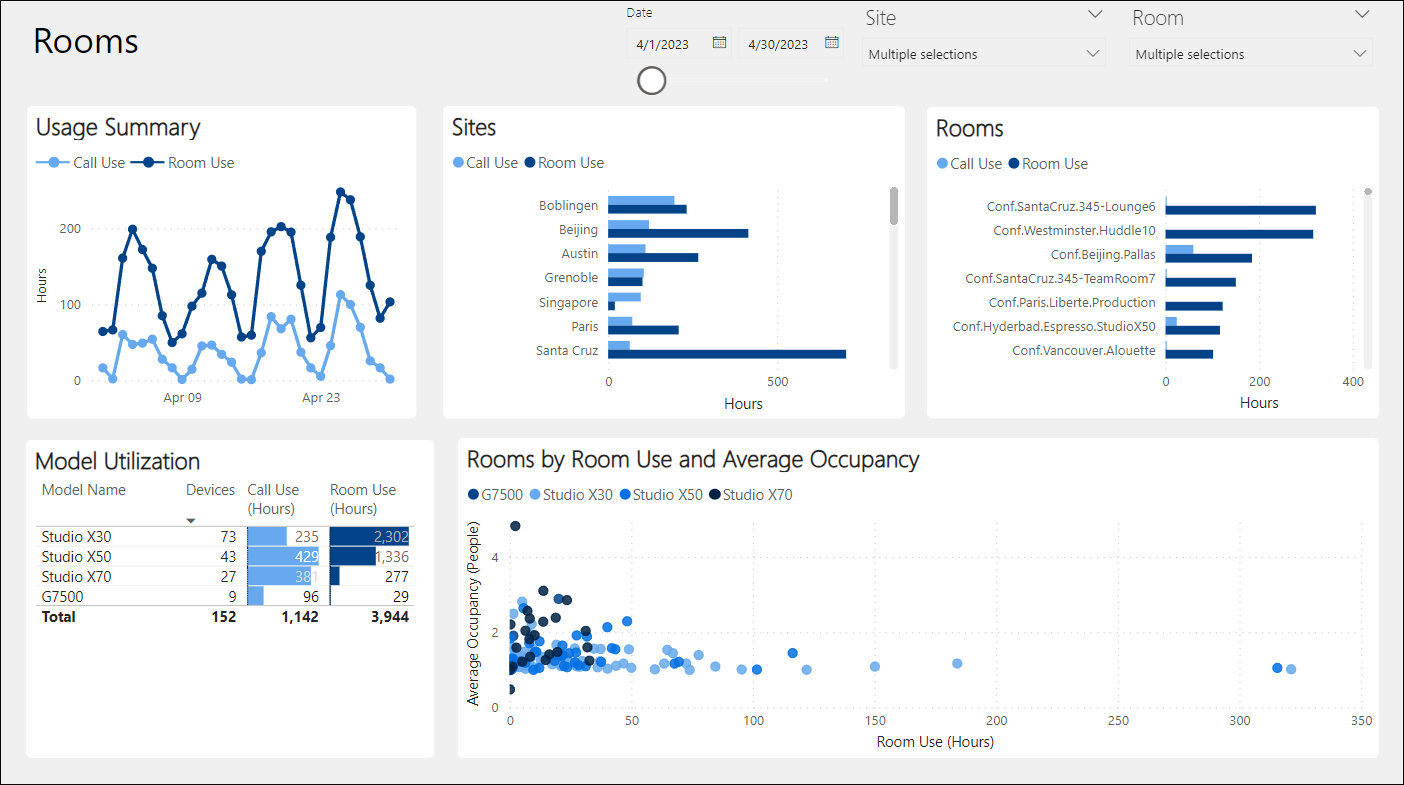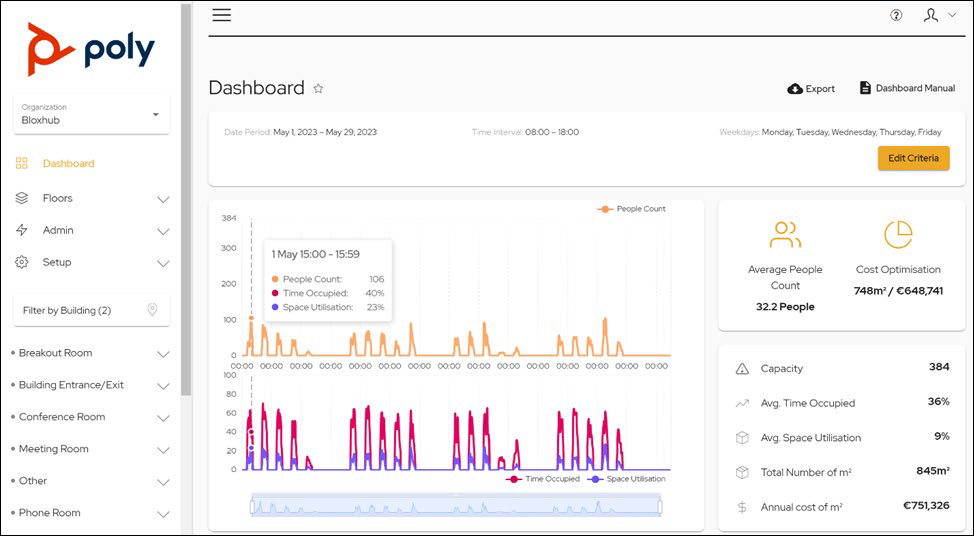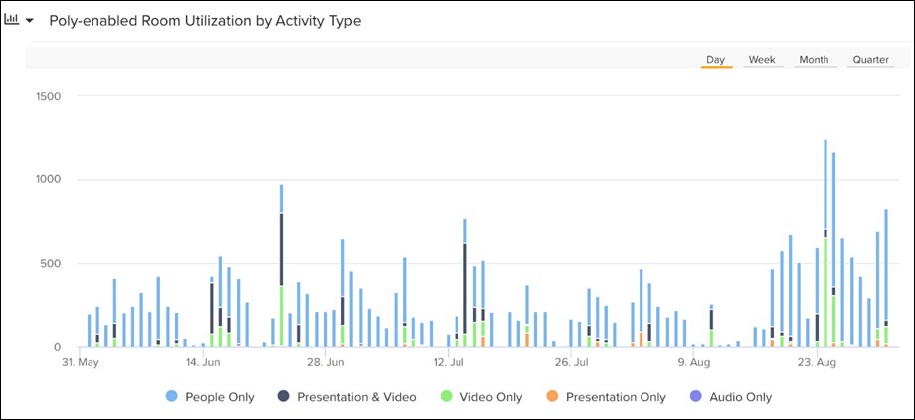Last year marked a significant milestone for the Poly Lens platform as we introduced the Poly Lens Developer Portal and made the Poly Lens APIs accessible to all. This move opened up exciting opportunities for our developers, our customers, and our partners to create unique collaboration experiences. Since then, the Poly Lens community has been busy building innovative solutions, and today, we're thrilled to announce a new addition to the Poly Lens ecosystem – the AVI-SPL Symphony platform. AVI-SPL Symphony is an award-winning user experience management platform designed to administer, monitor, control, and analyze multi-vendor AV, UC, and meeting environments. AVI-SPL Symphony and Poly Lens creates a powerful toolset focused on asset management, cloud migration, centralized monitoring, incident management, workplace management, and success metrics.
Asset Capture
In the world of technology, managing assets is the first crucial step in ensuring a seamless experience. AVI-SPL Symphony and Poly Lens have streamlined this process, making it easier than ever. With Poly Lens, you can capture information about your devices and structure them efficiently. This not only provides a clear view of your technology assets from a global perspective but also allows you to delve into specific rooms or spaces. This newfound clarity enables organizations to understand their deployments, track works in progress, and prepare for budgetary planning effectively.
Cloud Migration
In the era of cloud migration, integrating legacy and modern technology can be challenging. AVI-SPL Symphony and Poly Lens simplify this transition. The integration of Poly Lens APIs and Symphony allows you to schedule meetings through Outlook, monitor live meetings in Symphony, and gain a deep understanding of technology utilization. This collaboration ensures a smooth transition, regardless of the mix of legacy and newer devices.
Centralized Monitoring
Monitoring the health of your deployment is paramount for ensuring uninterrupted technology experiences. Symphony, with its 24/7 communication capabilities, monitors your AV, VTC, and UCC systems even when you can't. This proactive approach ensures that issues are identified and addressed before they escalate. Symphony consolidates performance data, room information, and meeting statistics from various devices and aggregators, such as Poly Lens, into a single platform for seamless centralized monitoring.
Incident Management
In the unfortunate event that something does go wrong, Symphony is always ready to step in. Whether it's a loss of communication with a device or a critical temperature alert, Symphony can automatically create a ticket for your technical resources based on predefined values. Furthermore, if you use an ITSM system like ServiceNow, Symphony can create a twin ticket, streamlining the incident resolution process. This approach not only ensures swift issue resolution but also provides valuable insights into trends, aiding in future issue prevention.
Workplace Management
Workplace management takes a strategic view of your space, technology assets, and resource utilization. Bringing this data into a single platform alongside Symphony's other functionalities offers a data-driven understanding of your environment. This holistic perspective empowers organizations to optimize their spaces, troubleshoot issues, and make informed decisions.
Success Metrics
Data is a valuable resource, but its true potential lies in its analysis and visualization. Symphony provides interactive dashboards that transform raw data into digestible success metrics. These visual insights enable organizations to make data-driven decisions and leverage historical data for future planning, ensuring continued improvement and excellence in collaboration experiences.
The partnership between AVI-SPL Symphony and Poly Lens brings a new level of sophistication and ease to the management of AV, VTC, and UCC environments. This collaboration empowers organizations to streamline asset management, monitor their technology health, manage incidents efficiently, gain a strategic understanding of their workplace, and utilize success metrics for informed decision-making. The Poly Lens ecosystem continues to evolve, and with AVI-SPL Symphony onboard, it's safe to say that the future of collaboration is looking brighter than ever. Visit here to learn more about AVI-SPL Symphony.
